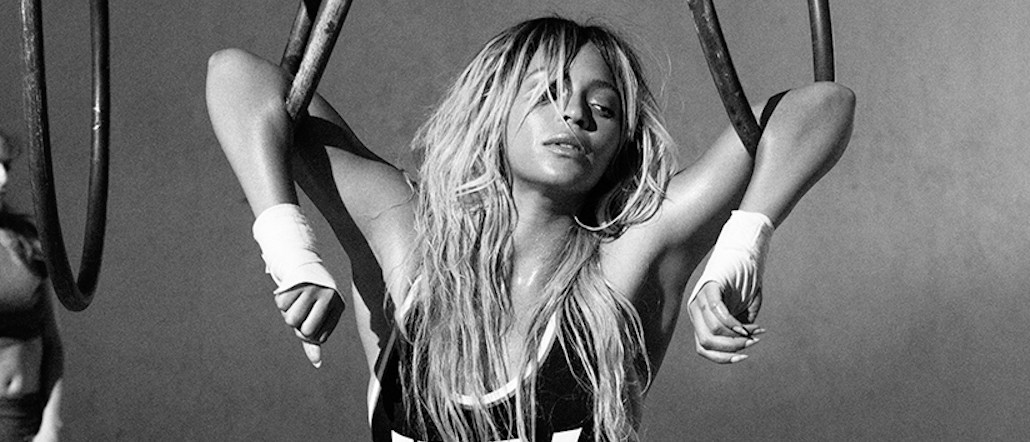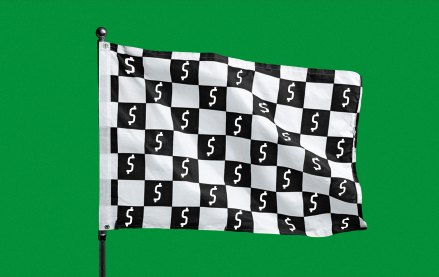Register by Jan 13 to save on passes and connect with marketers from Uber, Bose and more

The athleisure boom shows no signs of abating.
This year, the category is estimated to be worth $270 billion (£219 billion) globally. And according to Deutsche Bank, it has been a rising tide: boosting retail 4.1 percent over the last six years, compared to 0.2 percent for non-athletic apparel.
The trend for wearing sportswear outside the gym is now ubiquitous. While some detractors say it’s on the way out, more retailers are climbing aboard the lycra bandwagon.
“The sports market is far from saturated. In fact, it’s ideally positioned to win big thanks to fundamental shifts in consumer lifestyle,” said Katie Smith, a senior retail analyst at data platform Edited.
Her company recently analyzed data from 2,600 retailers stocking activewear in the U.K. and the U.S. Not only have they increased offerings by 22 percent, but there have been 27 percent more sell-outs, too. Here’s what else you need to know about the market now.
Non-traditional retailers are piling in
The surge in demand for gym-ready products has been clocked by brands that don’t have a history in sportswear.
The launch of Ivy Park, Beyoncé’s range of monochrome workout gear for Topshop, has been the most high-profile push from non-traditional retailers into the athleisure space: The site crashed when it launched in April.
Compared to the luxe end of the spectrum where leggings can go for three-figure sums, the low-priced options are proliferating for consumers too. According to some, this has been pushing the price down.
“Non-traditional retailers are really only beginning to tap into that vast opportunity,” Smith said. “In order to benefit most, retailers will need to stay completely clued up on the latest exercise trends as well as technological advancements in fabrics.”
But major sports brands still dominate
While Ivy Park is now the eighth-most-stocked brand online, traditional sports labels still dominate this increasingly saturated market. According to Edited data — taken from the last three months — the five most popular brands stocked online are still Nike, Under Armour, Adidas Performance, Asics and Adidas.
The chart below shows how their ubiquity has grown since the same period last year. Note that the decline of Adidas Performance is offset by the main Adidas brand, which offers non-specific items outside sports.
“Consumers want technical, highly functional and hyper-relevant performance wear,” Smith said.
Indeed, the market leaders haven’t changed since 2012, according to Euromonitor data. Nike, the biggest player in the space, has increased its market share since then. Additionally, all of the big brands have eaten into the smaller players.
It’s all about Instagram
Fashion brands have come to think of Instagram as a second homepage. And for athleisure, it’s no different.
Data collected by retail analyst firm L2 between January and April this year found that the lion’s share of interactions between brands and consumers in the space happened on Instagram: 93 percent for the U.K. and 94 percent for the U.S.
Only a sliver took place on Facebook, while Twitter saw just 1 percent of interactions in both markets.
According to L2, Althleisure brands are also making bigger efforts to localize content here than on platforms like YouTube.
Growth will stretch beyond the West
While the market reaches saturation point in the West, there’s still big potential in markets like China, where middle-class tastes are shifting from luxury to lifestyle.
Nike, the sportswear leader in China (it has a retail value share of 21 percent), is planning to open 3,000 stores in the country by 2020. Lululemon — which is now stocked on Alibaba — said its Hong Kong store will make $8 million (£6.5 million) this year.
In 2015, China’s sportswear market grew to $25.3 billion (£20.56 billion). It’s expected grow double-digits every year to reach $43.1 billion (£35 billion) by 2020, according to Euromonitor. Luxury goods, by contrast, are anticipated to reach just $28.4 billion (£23 billion) over the same timeframe.
More in Marketing

Retail leaders at Target, Lowe’s and more on the AI investments they’re plotting for 2026
Anywhere from 33% to 83% of respondents used AI to do their holiday shopping in 2025.

Why cookware brand HexClad is sitting out of the Super Bowl for a broader field
With Super Bowl ad costs hitting $8 million, brands like HexClad are pivoting to streaming and other sports stages for a better marketing bet.

Inside the brand and agency scramble for first-party data in the AI era
Brands are moving faster to own first-party data as AI and privacy changes alter the digital advertising landscape.





